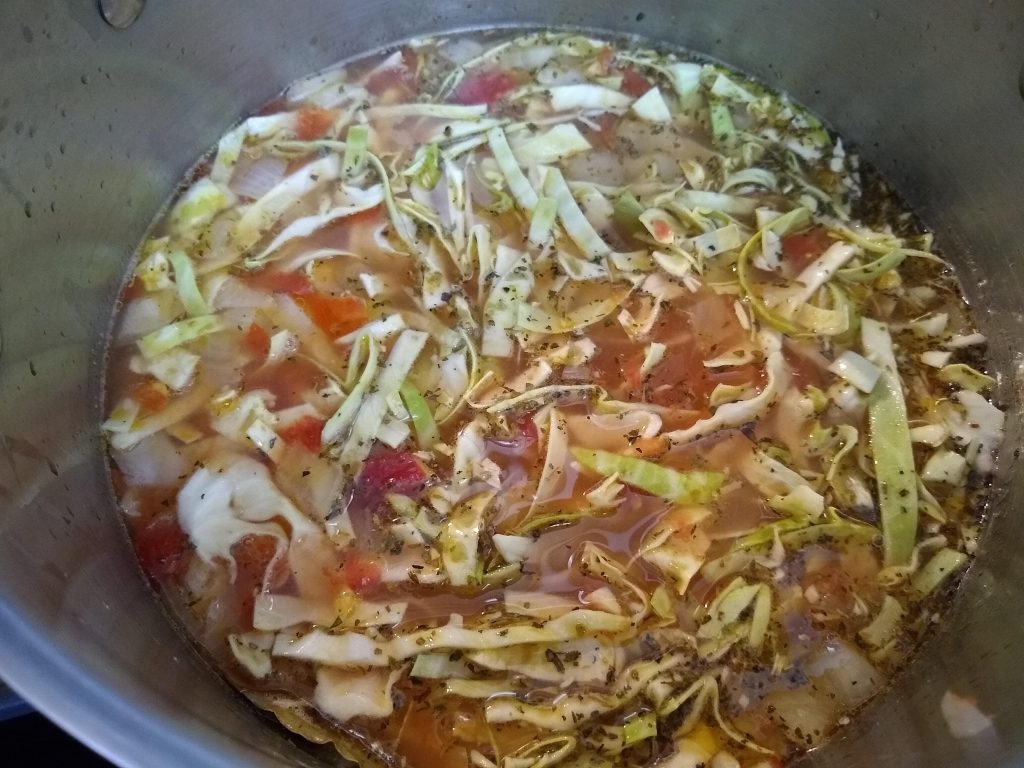
I have always loved Middle-Eastern foods, such as falafel, hummus, baba-ghanouj and tabouli salad. But then I started cutting back on starchy grains and beans, so I stopped having many of these foods.
One day when I was making a recipe using riced cauliflower, it occurred to me that it would make a great substitute for the bulgur wheat used in tabouli.
First I cooked the riced cauliflower. It only took about 5 minutes in the microwave.

Once it was cool, I added all of the other ingredients. The key is plenty of fresh parsley, along with fresh lemon juice and olive oil. Add cucumbers, tomatoes and scallions, and any other vegetables that you like.
Then put it in the refrigerator for an hour to allow the flavors to develop.
It’s a delicious, refreshing and healthy salad to serve anytime.

Grain-Free Tabouli Salad
Servings: 4
- 1 12-ounce bag frozen riced cauliflower
- 1 large tomato, finely chopped
- 1/2 large cucumber, peeled and diced
- 1 bunch fresh parsley, minced
- 3 scallions, finely chopped
- Freshly squeezed lemon juice, (approx. 1 lemon)
- 1/4 cup extra virgin olive oil
- 1/2 teaspoon sea salt, or to taste
- Black pepper, to taste
Directions:
Cook the cauliflower according to the package directions. Cool and drain any excess liquid.
Add all of the remaining ingredients and mix thoroughly. Chill in the refrigerator for at least 1 hour before serving.

























